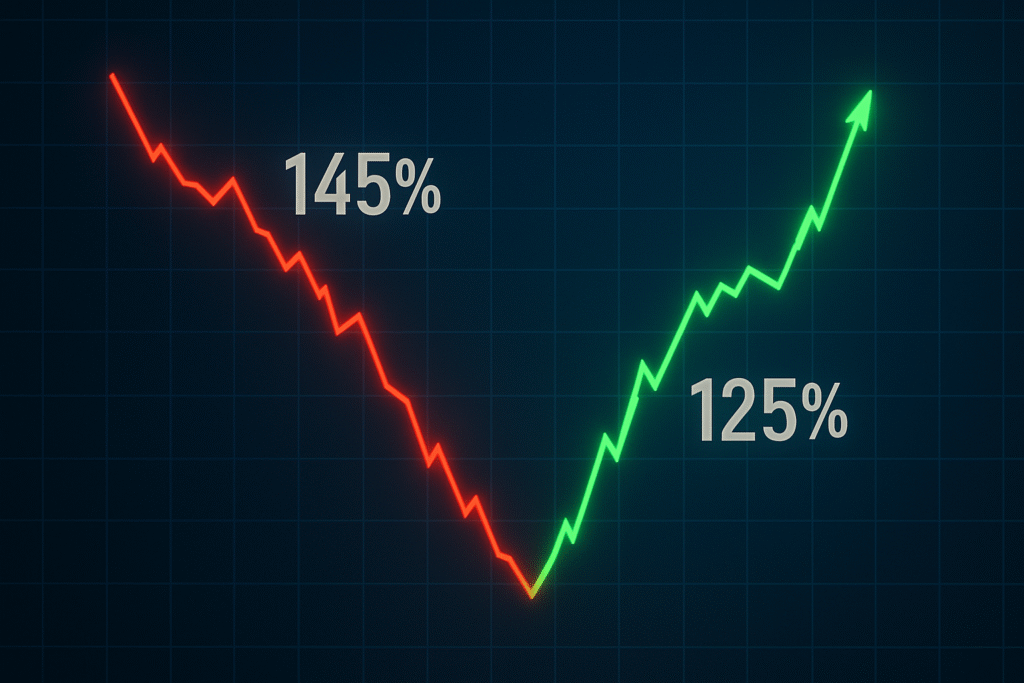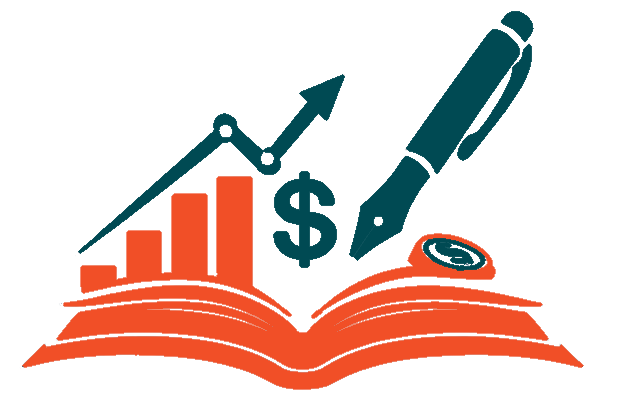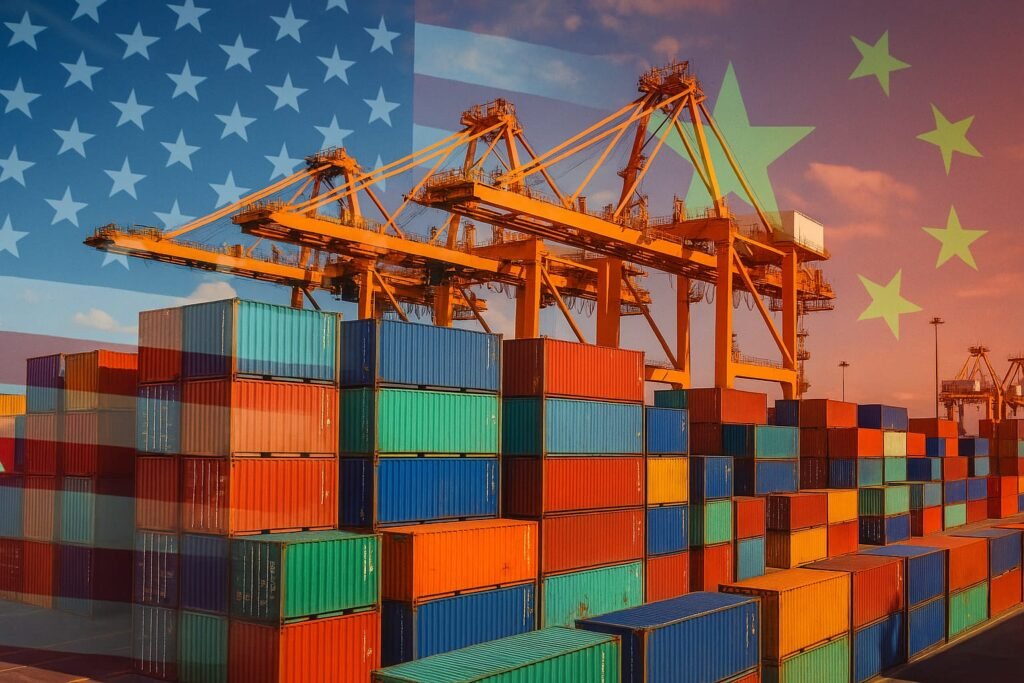Sipping your morning coffee, you spot a headline—US Threatens 400% Tariffs on China! Your phone, jeans, and even the coffee might soon cost more. Welcome to the 2025 global tariff war, a high-stakes showdown shaking the world. As of April 17, 2025, the US hit China with 145% tariffs, and China fired back with 125%. Whispers of a 400% tariff are rocking markets. I’ve watched trade tensions for years—this is intense! Let’s unpack this drama and its impacts.

The Escalation: How We Got to 145% Tariffs—and the 400% Threat
The 2025 global tariff war didn’t erupt overnight. It’s a saga years in the making, with roots tracing back to 2018 when the US-China trade war first flared under Trump’s first term. Fast forward to 2025, and the battlefield is fiercer than ever. Here’s the timeline of how we reached this point:
- Early 2025: Trump, back in office, kicks off with a 20% tariff on China, citing trade deficits and fentanyl smuggling concerns.
- February 4, 2025: A 10% tariff on Chinese goods takes effect, followed by another 10% increase on March 4, per the International Emergency Economic Powers Act (IEEPA) Wikipedia on China-US Trade War.
- April 2, 2025: The US escalates to a 54% total tariff on China, with Trump’s “reciprocal tariffs” policy adding 34% on top of existing levies.
- April 9, 2025: Trump hikes tariffs to 145% on Chinese imports, prompting China to retaliate with 84% on US goods.
- April 11, 2025: China matches the US with a 125% tariff on all American goods, effective April 12, calling the US moves a “joke” Euronews.
- April 2025 Rumors: The White House hints at a jaw-dropping 400% tariff on China, potentially targeting pharmaceuticals and semiconductors, as confirmed by Johnson & Johnson’s $400 million tariff-related cost estimate, Yahoo Finance.
This tit-for-tat escalation has turned global trade into a pressure cooker. The 400% tariff threat isn’t just rhetoric—it’s a signal of how far the US might go to force China to the negotiating table, though experts warn it could “severely damage the global economic outlook,” according to the World Trade Organization (WTO) The Guardian.
The Ripple Effects: Who’s Feeling the Heat?
The 2025 global tariff war isn’t just a US-China spat—it’s a global crisis. Here’s how it’s impacting economies, businesses, and consumers worldwide:
Markets in Chaos
- US Markets: The S&P 500 surged 3.8% last week, showing odd optimism, but the Dow dropped 1,640 points on April 11 amid tariff fears CNBC.
- Europe: Germany’s DAX fell 1.62%, and France’s CAC slid 1.11% as the euro climbs [Updated Blog Post].
- Asia: Japan’s Nikkei 225 dropped nearly 2% on April 3, reflecting broader Asian market jitters The New York Times.

Consumer Price Shocks
- Sticker Shock: Your next phone or couch from China could cost 50% more. US goods in China, like beef and soybeans, are now luxury items thanks to 125% tariffs [Updated Blog Post].
- US Households: The Tax Foundation estimates these tariffs will cost US households an average of $1,300 in 2025—a tax hike hitting everyday Americans Tax Foundation.
Businesses Scrambling
- Supply Chain Circus: Hobby Lobby paused China shipments, Amazon sellers are panicking, and Chinese factories are eyeing Vietnam to dodge tariffs [Updated Blog Post].
- Winners and Losers: Brazil’s soybean farmers are thriving as China snubs US crops, but Canada’s steel industry is under pressure.
The 400% Tariff Threat: A Game-Changer or a Bluff?
The rumored 400% tariff on China is the elephant in the room. Trump’s administration has already targeted pharmaceuticals and semiconductors for additional levies, with companies like Johnson & Johnson bracing for supply chain disruptions Yahoo Finance. But could a 400% tariff really happen?
- Why It Might Happen: Trump’s strategy is to force China into trade concessions. A 400% tariff would make Chinese imports prohibitively expensive, potentially slashing US-China trade by 80%, as warned by the WTO The Guardian.
- Why It Might Not: Such a move risks global recession. The US stock market has already wobbled, and inflation expectations have surged to 6.7% for the next year, per a University of Michigan survey The New York Times. A 400% tariff could push inflation even higher, alienating US consumers and allies.
Personally, I think this threat is more of a negotiating tactic than a done deal. Having followed Trump’s trade policies since 2018, I’ve seen him use tariffs as leverage—like a poker player raising the stakes to force a fold. But with China showing resilience (US-bound exports dropped from 19.8% to 12.8% of China’s total since 2018), Beijing might call his bluff The Conversation.
A Global Perspective: Allies and Adversaries React
The 2025 global tariff war isn’t just a US-China story—other nations are caught in the crossfire:
- Canada and Mexico: Initially hit with 25% tariffs, both countries saw relief on April 12 when Trump lowered them to 10% for 90 days, sparing USMCA goods Tax Foundation. Mexico’s Marcelo Ebrard is negotiating to further ease tariffs on steel and autos The New York Times.
- EU: The EU paused its retaliatory tariffs for 90 days, hoping for talks, but tensions remain over steel and aluminum The Guardian.
- Asia: Japan and South Korea are scheduling trade talks with the US, but China’s outreach to Vietnam, Malaysia, and Cambodia signals a strategic pivot to counter US influence The Conversation.
Can This Trade War End Peacefully?
Amid the chaos, there’s a glimmer of hope. China has hinted it might not match further US tariff hikes, and Trump’s team, led by Commerce Secretary Howard Lutnick, is open to talks [Updated Blog Post]. The EU and Mexico are pushing for dialogue, not retaliation. But the WTO warns that without de-escalation, global merchandise trade could slump heavily Reuters on X.
I’ve seen trade wars before, and they often end with a compromise—think the 2020 US-China Phase One deal. But with a 400% tariff on the horizon, both sides need to cool off fast, or we’re all in for a rough ride.

Conclusion: Navigating the Storm of the 2025 Global Tariff War
The 2025 global tariff war is a rollercoaster, with 145% tariffs already shaking markets and a 400% tariff threat looming like a storm cloud. From soaring prices to supply chain chaos, this trade war is hitting us all—whether you’re a consumer, a business owner, or just a curious reader. As someone who’s followed global trade for years, I’m both fascinated and worried by the stakes. Will cooler heads prevail, or are we heading for a global economic meltdown?
What’s your take on this tariff drama? Are you feeling the pinch yet? Drop a comment below, and let’s chat! For more insights, check out our latest global trade trends for the latest updates. Share this post if you found it helpful—let’s navigate this storm together!


